|
Projected Shape
The projected shape of a particle is its transmitted light outline. These
shapes can be very helpful in determining the type of particle
present. Fibers are an obvious example. The shape alone eliminates a huge
range of possibilities. One of the first steps in keying out a
pollen grain is to classify its outline. Shape, as used here, is distinct
from angularity or roundness. Those are details handled later in
this section.
. . . Fibers

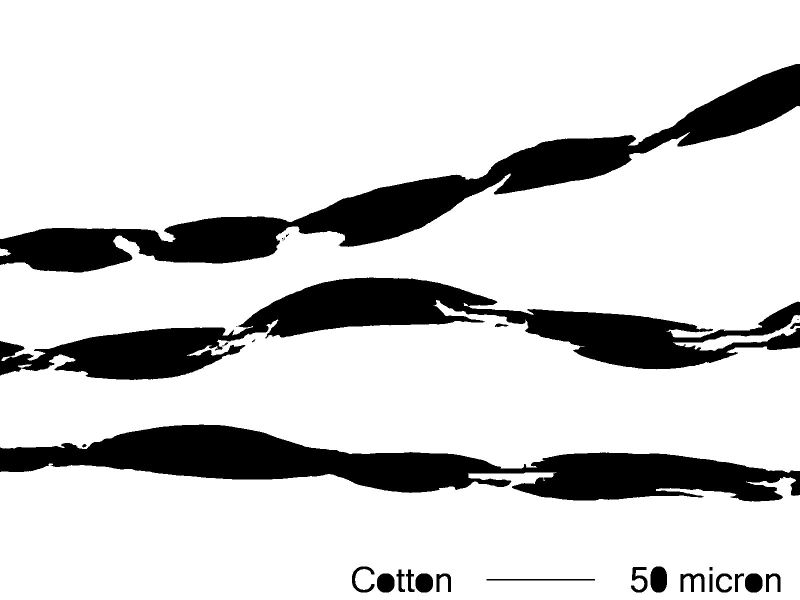
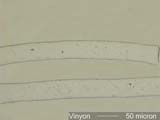
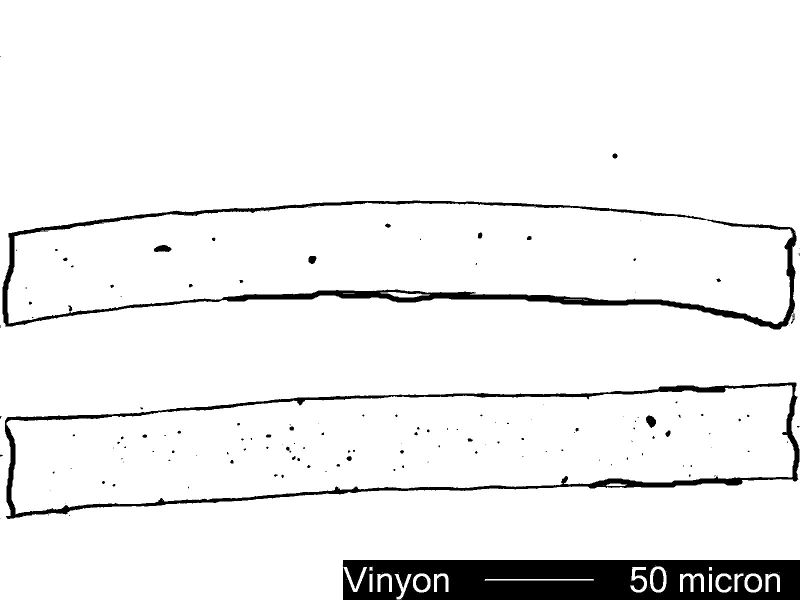
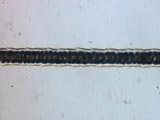
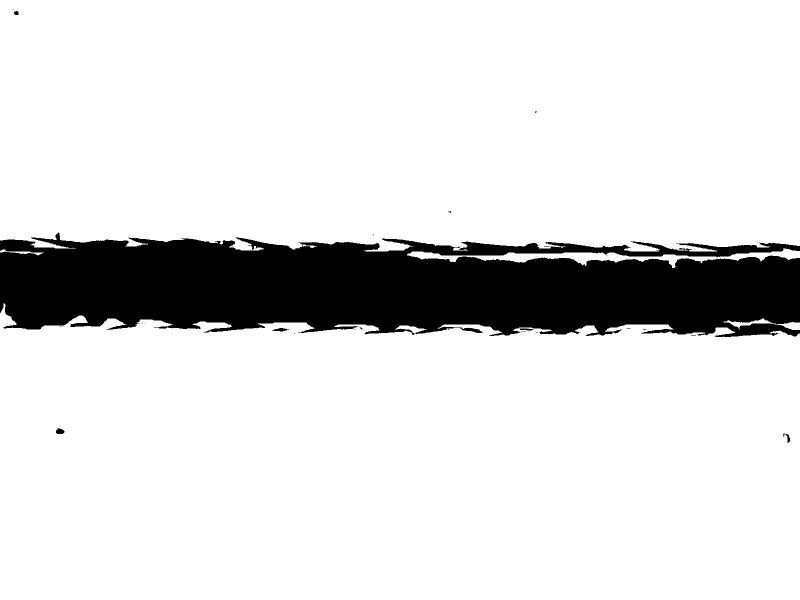
. . . Circles
Circles may be the result of a liquid deposition or a growth pattern. The
projected shape is not sufficient to determine if the particle is
spherical.
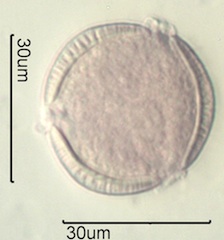
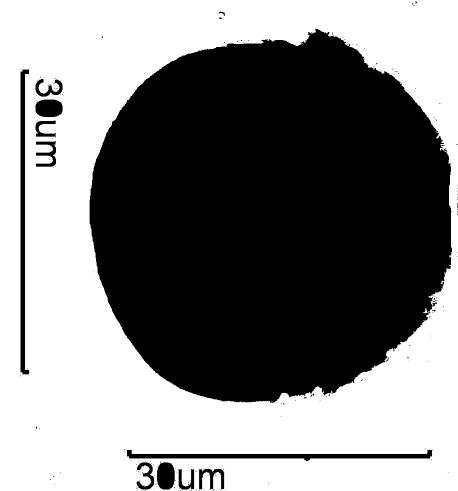
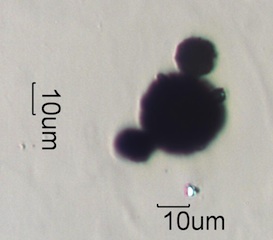
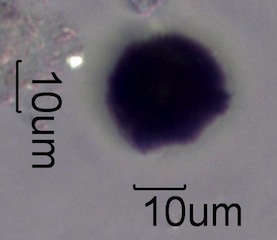
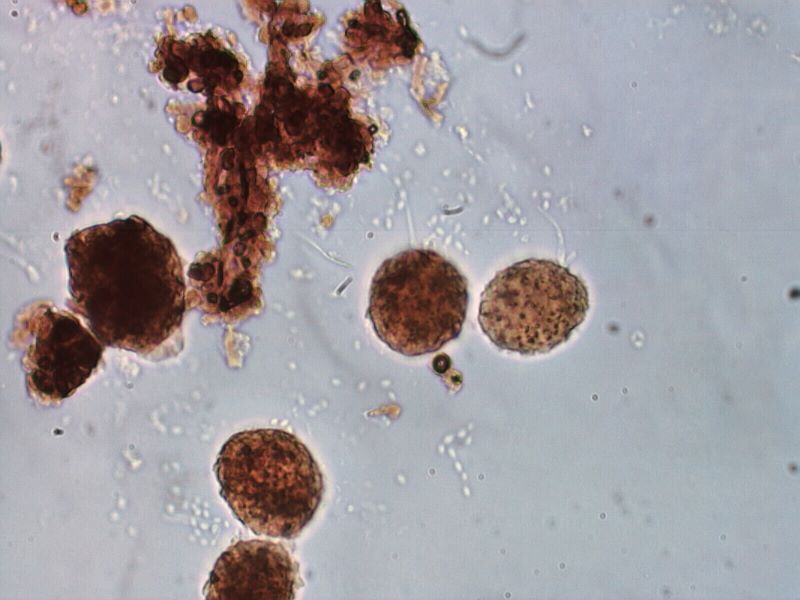
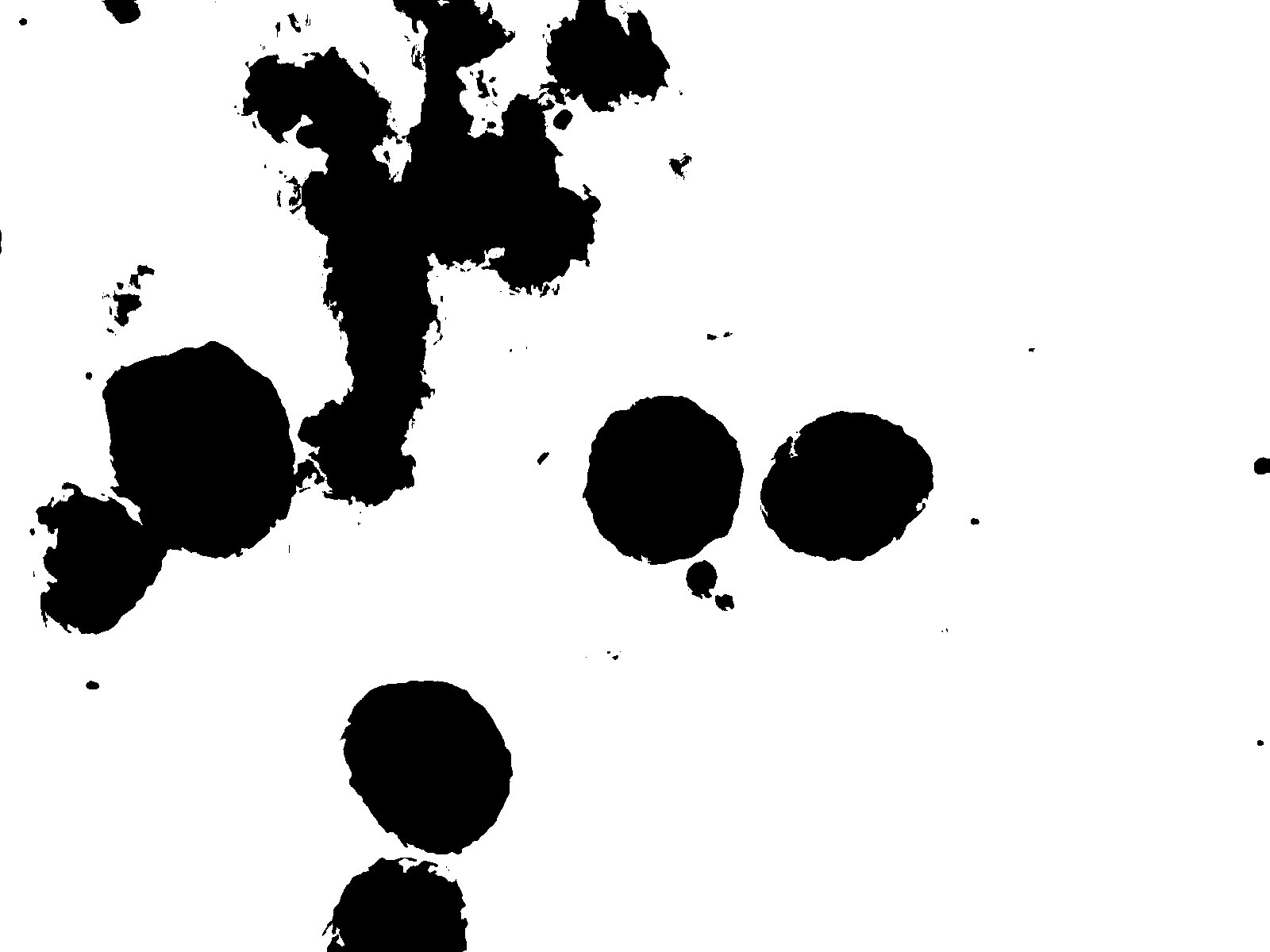
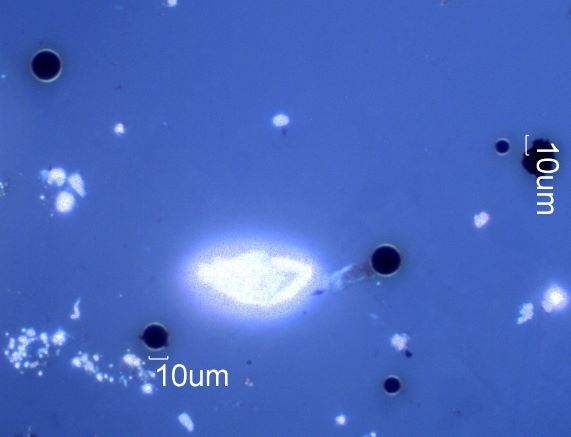
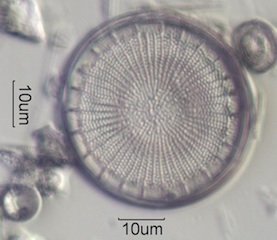
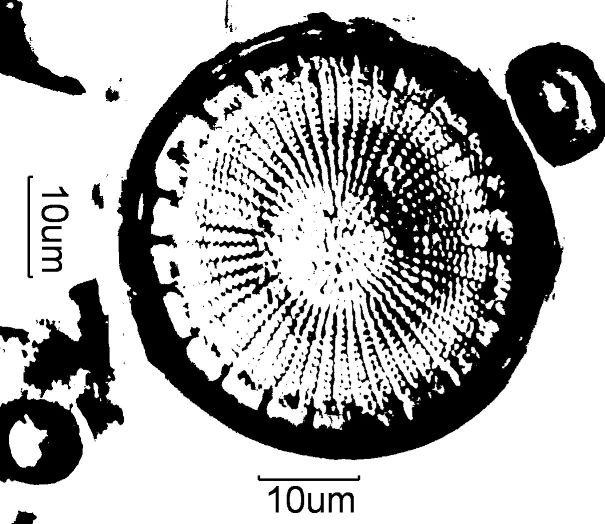
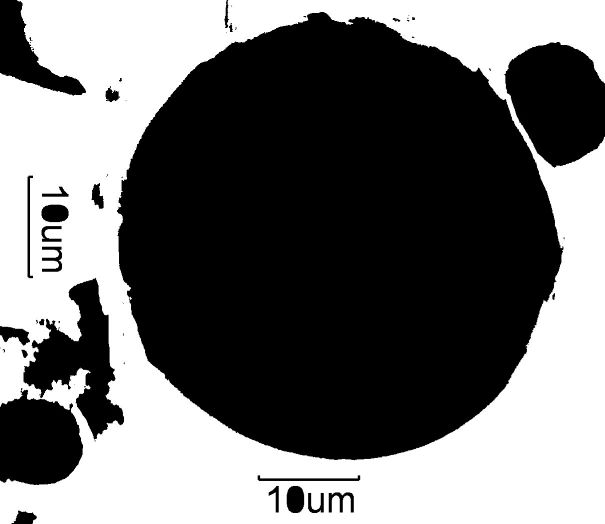
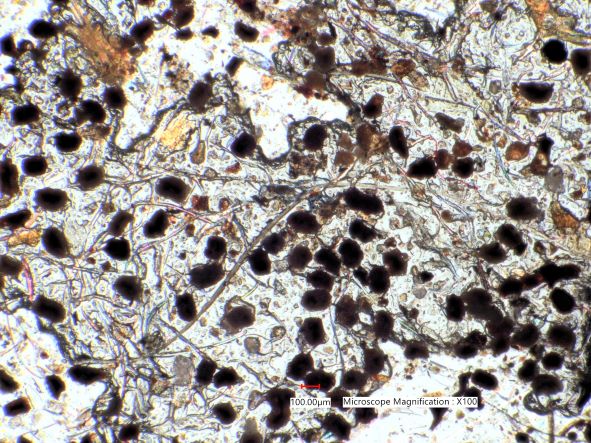
. . . Pollens
Pollens come in many shapes and vary in size from a few micrometers to
hundreds of micrometers. Most are in the range of 15 to 100 micrometers.
The wall of a pollen grain consists of at least two distinct layers and as
many as four distinct layers that may be separated by characteristic pillar
structures.
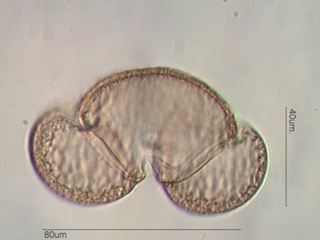
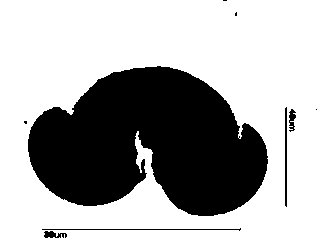
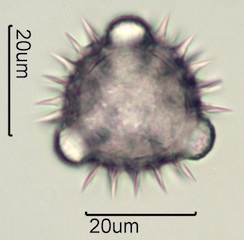
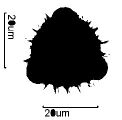
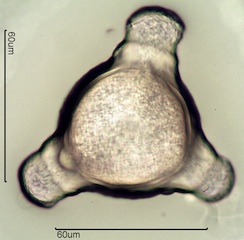
. . . Spores
Spores come in many shapes but tend to be smaller than most pollens, often
have a visible attachment point, and a single layer membrane wall.
. . . Diatoms
Diatoms can be divided into two broad types, Pennate and Centric, though
there are also intermediate shapes. Pennate diatoms are elongated, have
one axis much longer than the other two. Centric diatoms have one shorter
axis and the other two are similar giving the diatom a circular or slightly
ellipsoidal shape.
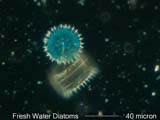

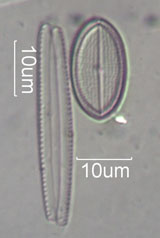
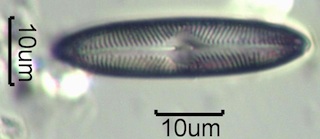
. . . Phytoliths
Phytoliths have their own catalog of shape descriptors that is unique.
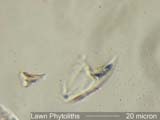


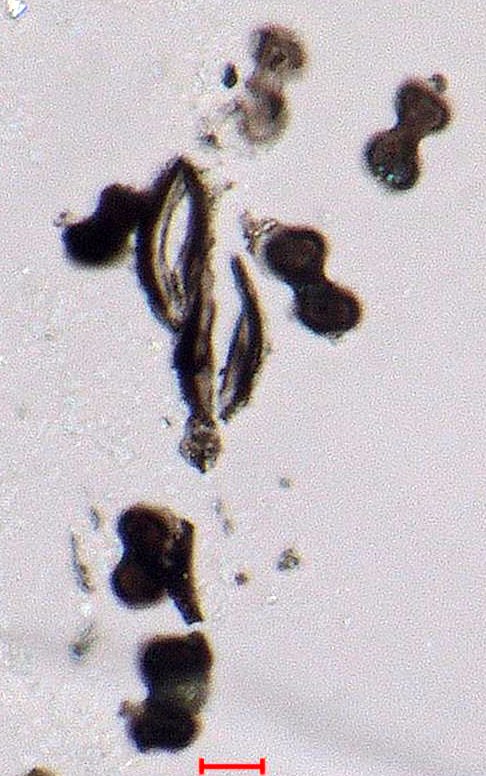
. . . Tapered Cylinders
Tapered cylinders are created by a unidirectional force. In the case of tire
wear it is the friction of the tire against the road. In the case
of some combustion sources it is the shrinkage created by the advancing
thermal gradient.
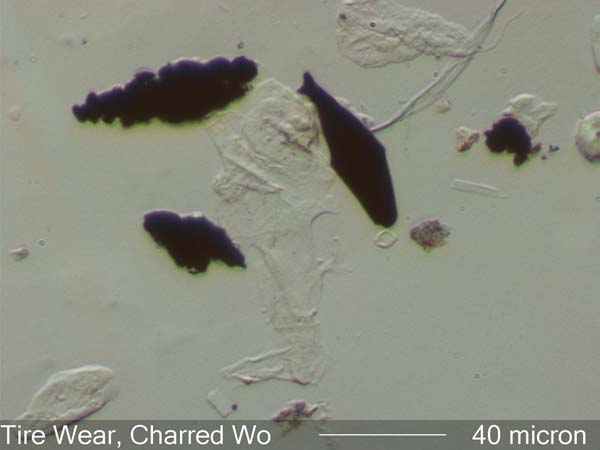
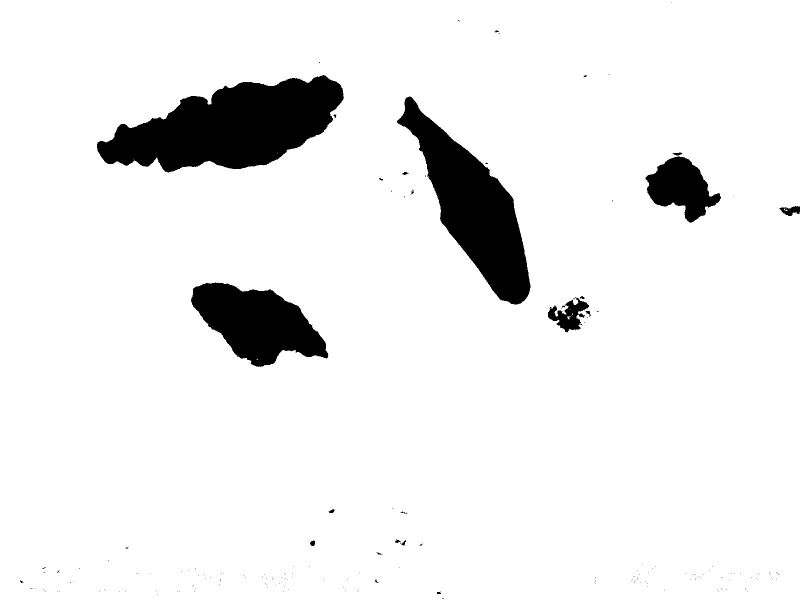
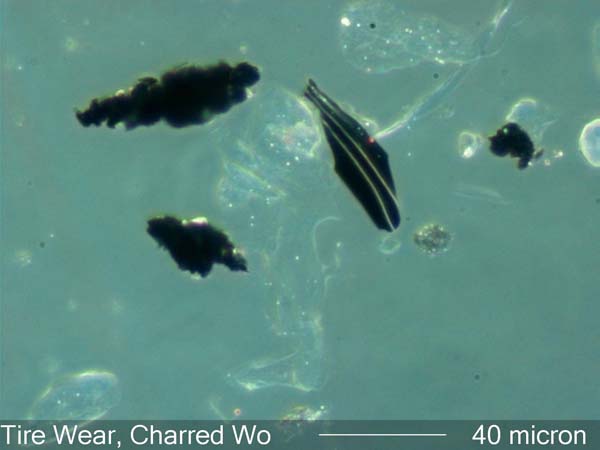
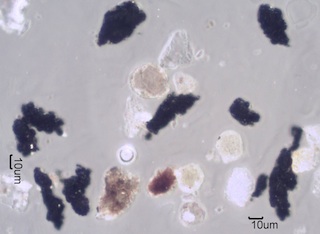

. . . Globular
Globular particles are particles with internal and external centers of
curvature over their surface.

. . . Straight Edges
Straight edges indicate a linear structural element that may be a cleavage
surface, a growth pattern or a linear force that generated the particle.
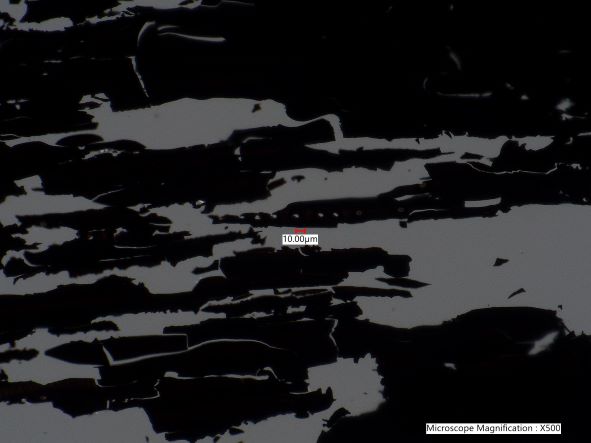
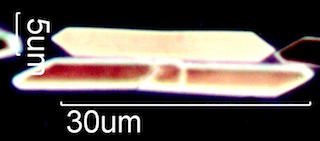


. . . Rosettes
Rosettes are the result of growth outward from a central nucleation point.
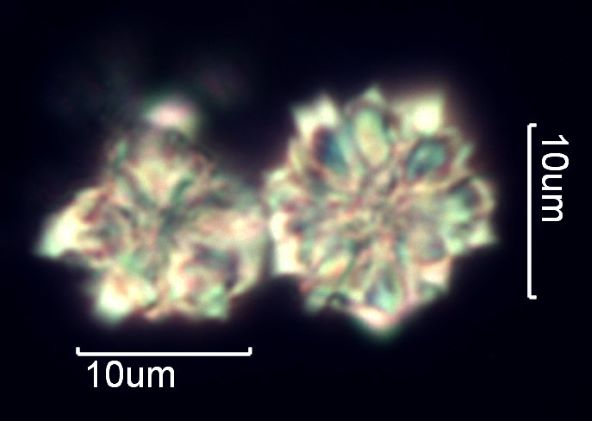
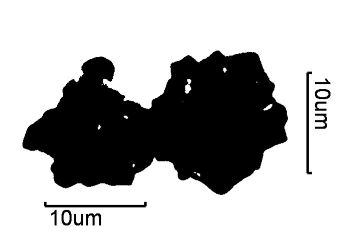
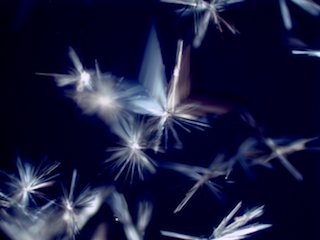
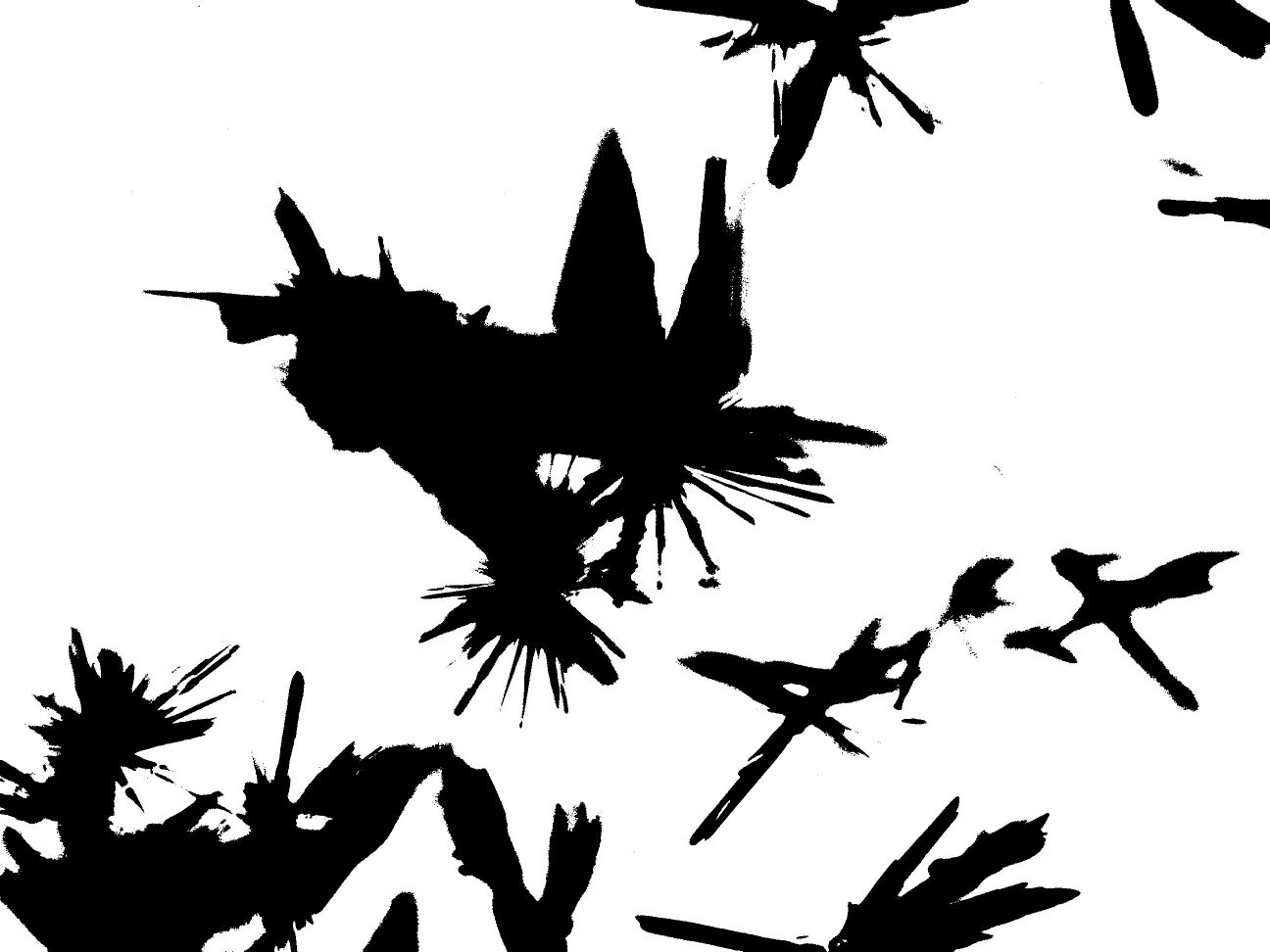
. . . Dendrites
Dendrites are branching structures were the trunk and the branches have the
same diameter. These are common as a result of electrostatic
deposition, some chemical reactions, and some skeletal crystal growth
habits.
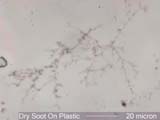
|